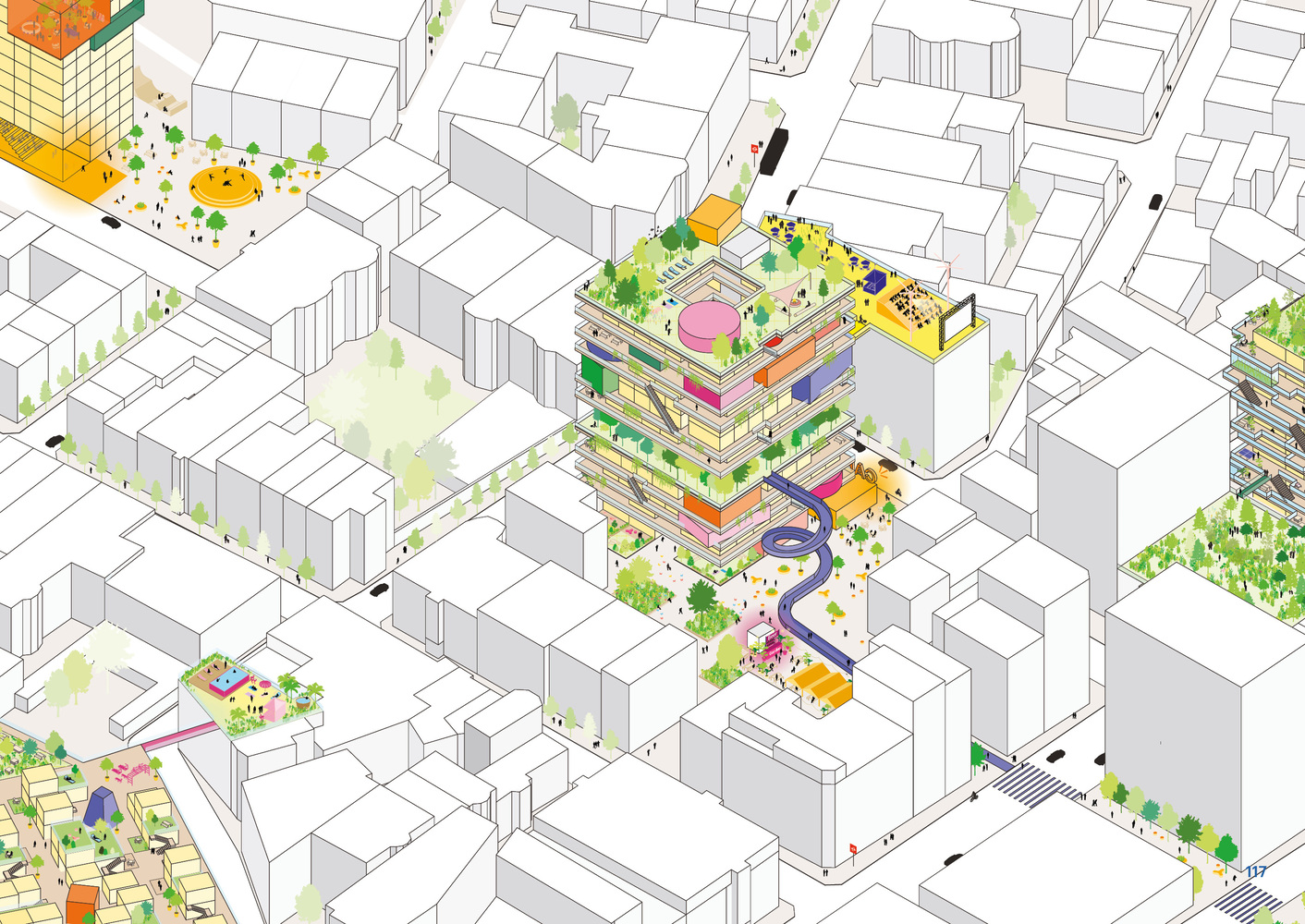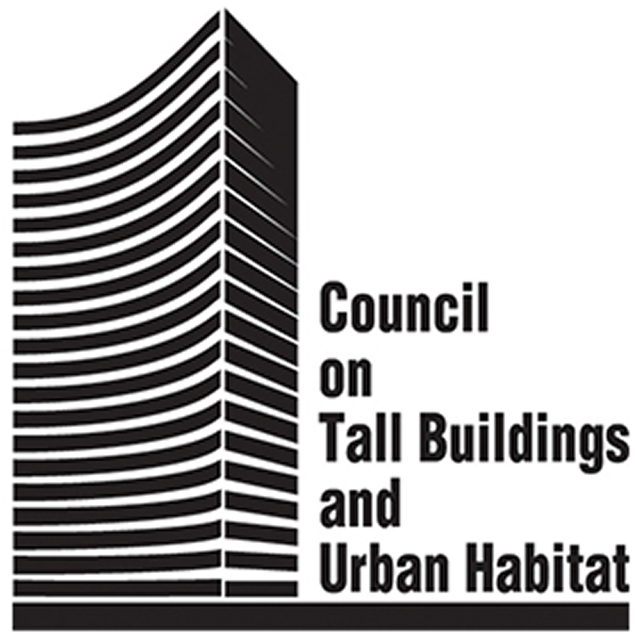
The Fabric of Connection: Why Co-Living and Community Building are Shaping the Future of Urban Development


Co-living offers a modern solution to urban housing challenges, addressing issues like high costs and social isolation. This model provides intentionally designed spaces with shared amenities and professional management to foster community and connection among residents. By prioritizing shared experiences and belonging, co-living is emerging as a significant strategy for sustainable urban development and a key component in the future of city living.
Urban cities are ever-evolving hubs of opportunity, innovation, and culture. Yet, for many, the urban experience today is increasingly defined by paradoxes: skyrocketing housing costs, underutilized spaces, growing feelings of isolation, and many seeking both personal independence and genuine connection. These challenges are prompting a fundamental rethink of how we design, build, and inhabit our urban environments.
At the heart of this shift is the rise of co-living – a modern housing model that goes beyond simply sharing a space. It's about intentionally designing environments that foster interaction, shared experiences, and a sense of belonging. Inspired by the potential to address housing shortages, perhaps even through innovative approaches like converting vacant office buildings into residential hubs as explored in industry discussions, co-living is emerging not just as an alternative housing solution, but as a powerful strategy for rebuilding the social fabric of our cities.
For developers, investors, and urban planners, understanding the drivers behind co-living and, critically, the importance of creating authentic communities within these spaces, is key to navigating the future of urban development and meeting the evolving needs of residents.

More Than Just Roommates: Defining Modern Co-Living
To appreciate co-living's significance, it's essential to distinguish it from traditional shared housing arrangements. While both involve multiple unrelated individuals living together, co-living is characterized by:
- Intentional Design for Community: Spaces are specifically planned to encourage interaction. This includes generous, well-appointed common areas like shared kitchens, lounges, workspaces, media rooms, or rooftop terraces. Private spaces (bedrooms, sometimes with en-suite bathrooms) are typically smaller but efficiently designed.
- Professional Management: Unlike informal roommate setups, co-living properties are professionally managed. This often includes services like cleaning of common areas, maintenance, utilities packaged into a single bill, and sometimes even curated events and activities designed to help residents connect.
- Focus on Shared Amenities: Residents gain access to a wider range of amenities than they might afford individually, pooling resources for things like gyms, laundry facilities, or dedicated co-working spaces within the building.
- Flexible Lease Terms: While not universal, many co-living spaces offer shorter or more flexible lease options than traditional apartments, appealing to mobile populations.
It's a model that recognizes that while privacy is important, many urban dwellers also crave convenience, affordability, and crucially, a readily available social network right outside their private door.

The Urban Imperative: Why Co-Living is Gaining Momentum
Several converging trends are fueling the demand for co-living spaces:
- The Housing Affordability Crisis: In major metropolitan areas worldwide, housing costs have far outpaced wage growth, making traditional independent living unattainable for a growing segment of the population, particularly young professionals, students, and transient workers. Co-living's all-inclusive, often lower per-person cost offers a viable entry point into desirable urban neighbourhoods.
- Changing Demographics and Lifestyles: The rise of single-person households, delayed marriage and family formation, increasing mobility for work or lifestyle, and a growing population of digital nomads mean more people are living independently for longer periods.
- The Search for Connection in a Digital Age: Despite being hyper-connected online, urban living can be isolating. Co-living provides a built-in social ecosystem, combating loneliness and offering immediate opportunities for social interaction and support.
- Preference for Access Over Ownership: Younger generations, in particular, often prioritize access to experiences and amenities over owning possessions or large private spaces. Co-living aligns with a shared economy mindset, providing access to high-quality shared facilities.
- Underutilized Urban Spaces: As highlighted by discussions around converting office buildings, cities possess existing structures that may no longer serve their original purpose optimally. Co-living offers a blueprint for repurposing these spaces, increasing urban density and revitalizing neighbourhoods without extensive new construction footprints.
These factors create a fertile ground for co-living, positioning it as more than a niche product but a response to fundamental shifts in how we live and work in cities.
Creating the Fabric: The Paramount Importance of Community
While affordability and convenience are significant draws, the defining and arguably most valuable aspect of successful co-living is the community it fosters. Without a focus on cultivating genuine connections, co-living risks devolving into simply high-density shared accommodation.
Designing for community is a deliberate act, encompassing both the physical environment and the operational strategy:
- Spatial Design as a Catalyst: Architecture and interior design play a critical role. Common areas must be inviting, comfortable, and versatile enough to accommodate various activities – from quiet co-working and casual encounters to planned social events. The layout should encourage chance encounters while respecting the need for private retreat. Thoughtful design of shared kitchens and dining areas, for example, can turn meal preparation from a chore into a social opportunity.
- Programming and Curation: Successful co-living operators actively curate the resident experience. This involves organizing social events (movie nights, dinners, workshops), fitness activities, professional networking events, or city explorations. This programming helps break down initial social barriers, allows residents with shared interests to find each other, and builds a collective identity for the community.
- Technology as an Enabler: Dedicated apps or platforms can facilitate communication among residents, allow them to organize their own impromptu gatherings, book shared amenities, and provide feedback to management. Technology should support, not replace, face-to-face interaction.
- The Role of Community Managers: Many co-living spaces employ dedicated community managers. These individuals are crucial for onboarding new residents, mediating conflicts, gathering feedback, and actively working to weave together the social fabric of the building. They are the human element that transforms a building into a home and its residents into a community.
When community building is successful, the benefits for residents are profound: reduced feelings of loneliness and isolation, readily available social support networks, opportunities for shared learning and skill exchange, spontaneous social interactions, and a stronger sense of belonging to their living environment and the wider city. This intrinsic value is often what keeps residents renewing leases, even if slightly cheaper individual options exist elsewhere.
Benefits Beyond the Resident: Opportunities for Developers and Owners

For the real estate sector, the co-living model, when executed with a strong community focus, presents compelling opportunities:
- Strong Market Demand: The demographic and economic drivers ensure a consistent pool of potential residents in urban areas.
- Potentially Higher Yields: While requiring different management, the efficient use of space and high occupancy rates can translate into attractive returns per square foot compared to traditional apartment models.
- Product Differentiation: In a competitive rental market, a well-designed co-living space with a vibrant community offers a unique selling proposition.
- Reduced Vacancy and Turnover: A strong sense of community can lead to higher resident satisfaction and longer stays, reducing costly turnover periods.
- Adaptive Reuse Potential: Co-living is a natural fit for repurposing existing buildings, including vacant commercial spaces. This not only addresses the housing crisis but also offers sustainable development opportunities by leveraging existing infrastructure. Converting offices, for instance, can add residential units in prime urban locations where new construction is difficult or impossible, while retaining architectural character.
- Data and Insights: Professional management of co-living spaces often involves collecting data on resident preferences and space utilization, providing valuable insights for future development and design.
However, it's important to acknowledge that co-living is not without its challenges. It requires a more intensive management model than traditional rentals. Designing the right balance between private and shared space is critical. Navigating zoning and building codes, which haven't always kept pace with this innovative model, can require persistence. Ensuring compatibility among a diverse group of residents requires skilled community management.
Co-Living as a Piece of the Urban Puzzle
While co-living is not a panacea for complex urban housing crises, it is undoubtedly a vital and growing part of the solution. By providing relatively affordable, well-located, and amenity-rich housing options, it serves demographics struggling in the current market. Furthermore, its inherent structure, especially when implemented through adaptive reuse, offers a way to add housing density and vibrancy to urban cores efficiently.
The success of co-living, however, hinges not just on the physical structure or the financial model, but on its ability to deliver on the promise of community. In an age where social connections are increasingly valued, spaces that actively cultivate belonging offer profound benefits to residents and create more resilient, dynamic urban environments.

The Future is Connected
As we look ahead, the co-living model is likely to continue evolving, potentially integrating more deeply with mixed-use developments, offering specialized communities (e.g., for entrepreneurs, artists, or seniors), and leveraging technology further to enhance both convenience and connection.
For developers and investors, understanding and embracing the core principle of community building is paramount. The most successful co-living spaces will be those that are not just efficiently managed properties, but thriving ecosystems where residents feel supported, engaged, and genuinely at home. In building these communities, we are not just constructing buildings; we are weaving a new, stronger social fabric for the future of our cities. The fabric of connection is becoming an indispensable element of modern urban living, and co-living is poised to be one of its key weavers.
Similar Posts
















